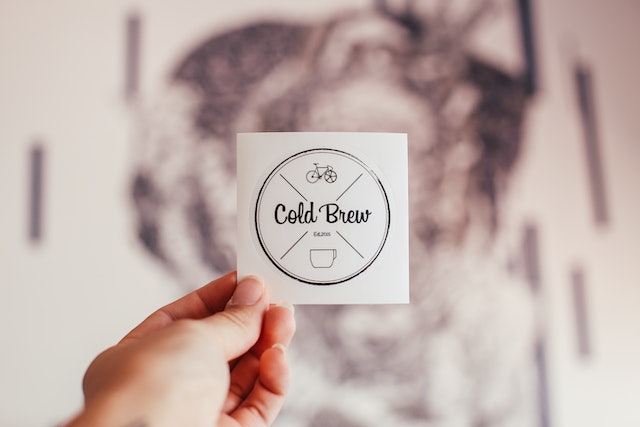Stickers – those tiny adhesive wonders that can transform everyday objects into unique expressions of personality, beliefs, and creativity. From laptops and water bottles to car bumpers and phone cases, stickers have become a popular and vibrant means of self-expression and communication. But have you ever wondered about the fascinating process behind sticker printing? In this blog, we delve into the world of sticker printing, exploring its history, techniques, and the myriad ways in which stickers have become an integral part of modern culture.
A Brief History of Sticker Printing:
Stickers, in various forms, have been around for centuries, but it was only in the early 20th century that they gained popularity as we know them today. The evolution of sticker printing was closely tied to advancements in adhesive technology and printing techniques. Initially, stickers were hand-cut and applied with homemade glue, making them a labor-intensive and limited means of communication.
The breakthrough came with the development of self-adhesive paper and more efficient printing methods. In the 1930s, the first commercially successful sticker, the “pressure-sensitive sticker,” was introduced, allowing for easier application and mass production. As time went on, advancements in printing technology enabled the creation of intricate and colorful designs, propelling stickers into the realm of art and personal expression.
The Modern Sticker Printing Process:
Sticker printing today involves a blend of traditional and digital printing techniques, resulting in high-quality, durable stickers. Here’s a glimpse into the modern sticker printing process:
- Design: Sticker creation starts with a digital design. Graphic designers use software like Adobe Illustrator or Photoshop to craft visually appealing and meaningful designs.
- Printing: There are various printing methods, each with its own advantages. Digital printing is ideal for full-color and intricate designs, while screen printing is great for large quantities and solid colors. Other methods like offset and flexography also find their applications in sticker printing.
- Materials: Stickers can be printed on a variety of materials, including vinyl, paper, and even transparent or metallic substrates. The choice of material depends on the intended use and desired durability.
- Cutting: Once the design is printed, the stickers are cut into the desired shapes using either die-cutting or digital cutting machines. This step gives stickers their distinct shapes, whether they’re circles, rectangles, or intricate custom shapes.
- Lamination and Finishing: For added protection and longevity, stickers are often laminated with a clear layer that shields them from UV rays, moisture, and scratches. Finishing touches like gloss or matte coatings can enhance the visual appeal and tactile experience of the sticker.
- Quality Control: Before packaging, stickers undergo quality control to ensure they meet design specifications, color accuracy, and adhesive quality.
The Role of Stickers in Modern Culture:
Stickers have evolved from simple promotional tools to powerful mediums of self-expression and cultural commentary. Here’s how stickers have become an integral part of modern culture:
- Personal Expression: Stickers allow individuals to showcase their interests, beliefs, and affiliations. From political statements to fandoms and hobbies, stickers communicate who we are and what we care about.
- Branding and Marketing: Businesses use stickers to promote their brand and products. Stickers can be placed on packaging, handed out at events, or used as freebies to increase brand visibility.
- Art and Design: Stickers have transcended their functional purpose and become an art form in their own right. Many artists and designers create limited-edition sticker designs, blurring the lines between art, design, and commerce.
- Activism and Social Commentary: Stickers have been utilized to raise awareness about social and environmental issues. Their accessibility and versatility make them a powerful tool for spreading messages and sparking conversations.
- Community Building: Sticker swapping and trading have become a unique way for people to connect and build communities. Sticker enthusiasts gather at events and online platforms to exchange their favorite designs.
